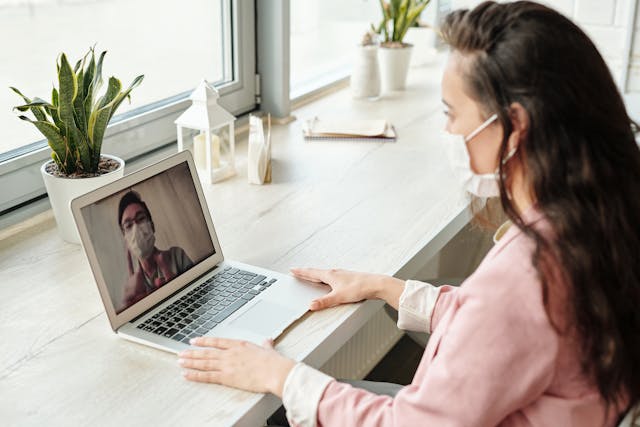Everything You Need To Know About Remote Patient Monitoring
Technology is rapidly changing how healthcare is administered by introducing new tools that can constantly monitor and treat patients’ health outside of conventional clinical settings. This novel strategy allows healthcare personnel to monitor and manage their patients’ conditions from a distance by gathering real-time data on patients’ vital signs, symptoms, and health indicators using medical equipment and cutting-edge technology.
Embracing the Role of Remote Monitoring Devices
It’s important to fully understand RPM’s meaning before deciding to implement it in your treatment strategy. Remote patient monitoring (RPM) is the use of remote monitoring devices, such as wearable fitness trackers, blood pressure cuffs with wireless capabilities, and blood glucose monitors that connect to smartphones, allowing patients to take control of their health and their healthcare providers to provide timely interventions and individualized care based on real-time data insights. These devices gather vital health information and securely send it to medical professionals for review and action.

Enhancing Chronic Disease Management with Remote Monitoring
Chronic conditions, including diabetes, high blood pressure, heart failure, and chronic obstructive pulmonary disease (COPD), provide difficulties to both patients and medical professionals. In order to avoid complications, these conditions need to be continuously monitored, managed, and supported. For those with long-term medical issues, remote patient monitoring provides a lifeline by allowing them to periodically check in on their vital signs and health metrics from the comfort of their own home, all while maintaining communication with their care team. Healthcare professionals can identify early warning signals of exacerbations or problems, modify treatment regimens in real-time, and give timely interventions to avert hospitalizations and enhance patients’ quality of life.
Facilitating Post-Discharge Care and Transition Management
The move from the hospital to the patient’s home can be a crucial and difficult time in their medical journey, often including hazards such as prescription mistakes, readmissions, and difficulties after surgery. With remote patient monitoring, patients can get ongoing monitoring and assistance while they recover at home, which is crucial for post-discharge care and transition management. Healthcare practitioners can remotely monitor their patient’s progress, evaluate their recovery trajectory, and promptly treat any new issues or difficulties by providing them with virtual care services and remote monitoring equipment. To maintain continuity of care and enhance patients’ recovery and rehabilitation, RPM also facilitates smooth communication and coordination between the primary care physician, specialists, nurses, pharmacists, and home health aides.
Empowering Patient Engagement and Self-Management
Effective healthcare delivery and the treatment of chronic diseases depend heavily on giving patients the tools they need to actively engage in their care and take charge of their health. Through the provision of real-time health data, actionable insights, and educational materials, remote patient monitoring enables patients to take charge of their health and well-being and make educated choices about their care. Patients can check their vital signs, medication adherence, symptoms, and lifestyle habits using remote monitoring platforms and mobile health applications. They can also create individualized health goals and get tailored advice and feedback from their healthcare professionals. RPM enhances patients’ health outcomes and gives them a feeling of empowerment, autonomy, and responsibility in managing their chronic diseases and general well-being by encouraging more patient participation and self-management.
Ensuring Data Security and Privacy Compliance
Ensuring patient data security and privacy is critical for remote patient monitoring programs, as it is for any healthcare technology. Strict privacy laws and data security guidelines, such as the Health Insurance Portability and Accountability Act (HIPAA), must be followed by healthcare companies in order to secure patients’ protected health information and reduce the possibility of data breaches or unauthorized access. Healthcare organizations can improve patient trust and confidence, increase the legitimacy and dependability of remote monitoring programs, and guarantee the ethical and responsible use of patient health data for bettering outcomes and delivery of care by giving data security and privacy compliance top priority.
Conclusion
With its revolutionary potential to improve clinical outcomes, lower healthcare costs, and improve patient care, remote patient monitoring is a game-changer in the delivery of healthcare. With remote patient monitoring, you can take the initiative to investigate options that are customized to your unique healthcare requirements and preferences and set off on a path to improved health, well-being, and empowerment.

